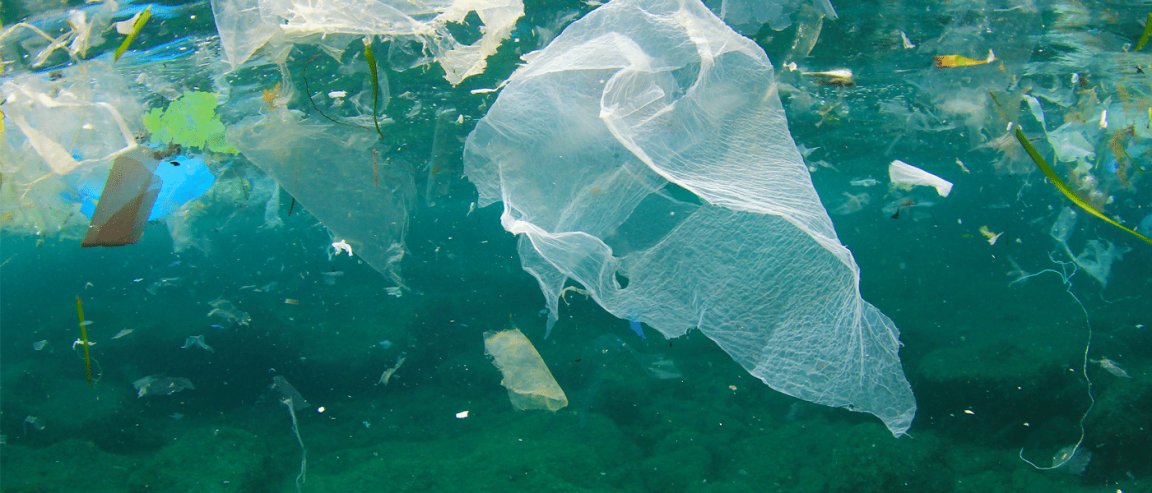
Out of Sight, But Definitely Not Out of Mind
We’ve all seen it: beaches littered with plastic trash, with some floating about in the water. As if this is not bad enough, there’s actually far more than what the eye can see. As plastic debris is weathered by sunlight, tampered by marine life, and tossed around by waves, they break down into small particles, called microplastics. And we’re not even sure where they ultimately end up, or what the full extent of their damage really is, seeing as it would take 500-1,000 years for the substance to fully degrade.
In a mission to track down where the plastics go, members of Denmark-based international organization Plastic Change went to Kamilo Beach in Hawaii. The group used a Manta Trawl, a manta ray-inspired data collection device that skims the ocean surface for miles, gathering small plastic particles in a fine mesh net. They also collected water samples from different depths.

Plastic Oceans
The damage plastics inflict on global marine life is incalculable. There is an estimated 5.25 trillion pieces of plastic debris in the ocean, 269,000 tons of which float on the surface of the ocean while four billion plastic microfibers per square kilometer litter the deep sea. EcoWatch estimates that 40% of the world’s ocean surface is not even ocean anymore, but plastic debris.
According to Plastic Change, these numbers will double in the next ten years if we don’t act on it. Sustainable disposables are making their way into the market, albeit slowly. France recently announced they will be banning conventional plastics by 2020. Hopefully, more countries will follow suit.
Water is one of the most fundamental attributes that make life on Earth possible, which is why we look for signs of liquid water in other planets and celestial bodies. And for something undeniably vital to our very existence, we don’t seem to be treating it with the reverence it is owed.